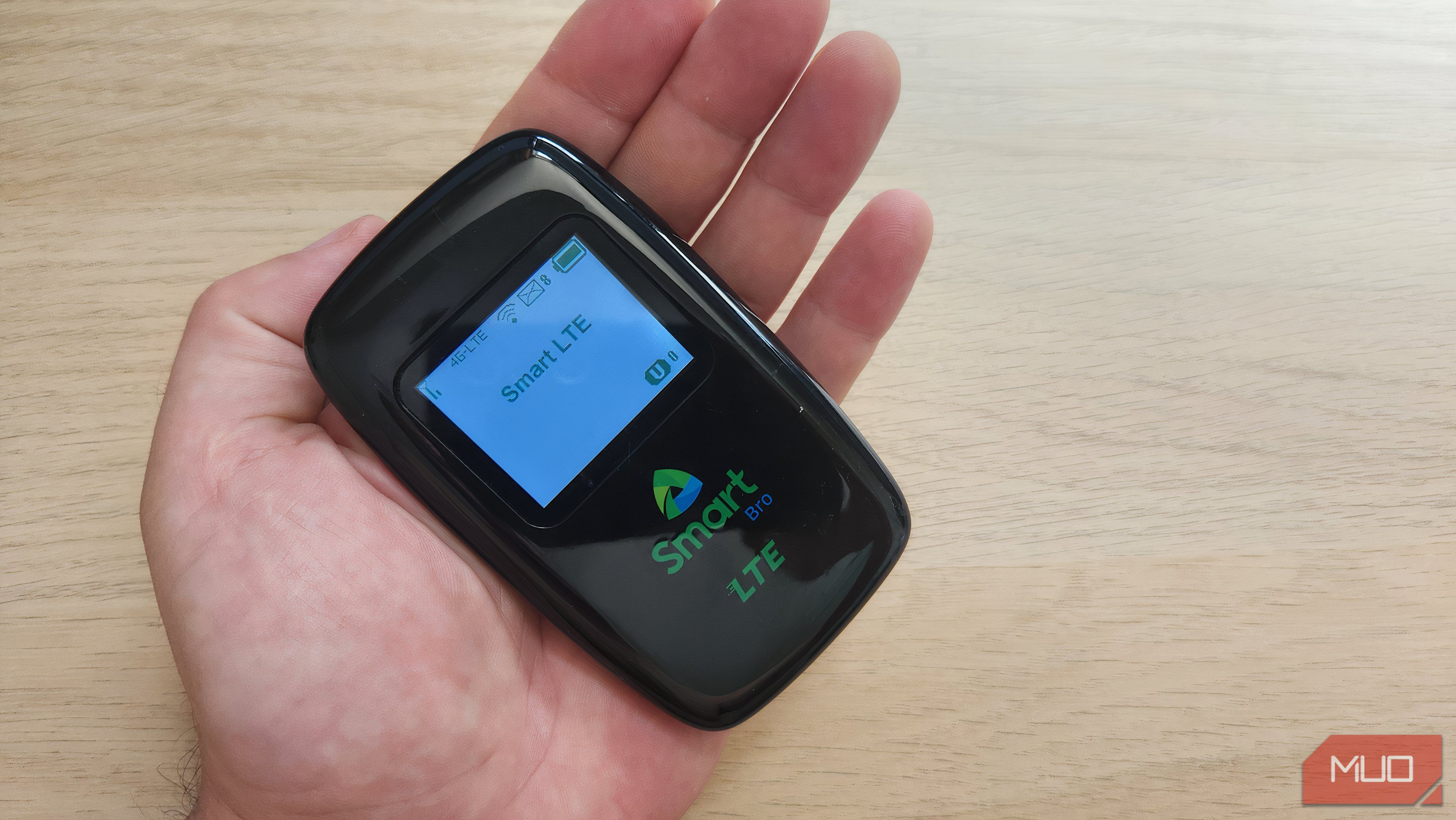Staying connected abroad is nice, especially when you need to use tools like Google Maps and Translate. However, coming home to an eye-watering data roaming charge probably isn’t the souvenir you wanted. Fortunately, there are a few handy ways to keep those roaming costs down.
7
Visit Hotel Lobbies
Hotels almost always have Wi-Fi, and even if you aren’t staying in one, many don’t have a problem with you sitting in the lobby for a while. While you’re there, you should have access to Wi-Fi; most of the time, you won’t need a password, either.
While using the hotel lobby’s Wi-Fi, you can then do whatever you need to—whether that’s searching for directions or booking a restaurant table. If you’re in doubt, politely explain why you need to use the Wi-Fi to the hotel staff; more often than not, they’ll be accommodating.
Keeping yourself safe while using the hotel lobby Wi-Fi is wise; ideally, you should use a VPN. If you don’t have access to one, make sure you understand how to keep yourself safe when using public Wi-Fi.
6
Check the City’s Public Transport Wi-Fi
While not always the case, many cities have free Wi-Fi on their public transport networks. Seoul, London, and Tallinn are three examples. If you can’t access Wi-Fi on buses, trains, and trams, you often can while you’re waiting at the station.
Many shuttle buses and trains from the airport to the city center also have free Wi-Fi. If you’ve just landed, I recommend using this to get your bearings and ideally download some maps.
You’ll sometimes need to sign up for an account before using public transport Wi-Fi, but this isn’t always the case.
5
Ask for Wi-Fi Codes in Cafés and Restaurants
Some cafés and restaurants clearly show their Wi-Fi login details; it’ll often be on the wall, a menu, or somewhere close to where you pay for your items. However, you won’t always be able to find it. Even in these scenarios, you might still be in luck.
If you can’t find the Wi-Fi code, ask the barista or waiter to see if one is available. They’ll often be happy to give this to you if you’re buying something there. Some cafés and restaurants won’t have Wi-Fi, but it’s still worth asking anyway.
Before traveling, consider making a list of cafés and restaurants with Wi-Fi in the place you’re visiting. You can use a number of useful travel apps, such as Tripadvisor, to do this.
4
Wait Until You’re at Your Hotel
Besides visiting hotel lobbies for places you aren’t staying at, you can always wait until you’re at your hotel to surf the internet. While it’s good to have access to the internet for useful tasks (e.g., navigating with maps and buying transport tickets), you don’t need it to scroll.
If the main reason you need Wi-Fi is to catch up on the news or social media, you’re better off waiting until you’re at your accommodation. Virtually every hotel will have free Wi-Fi these days, and you’ll also find it in hostels and Airbnb rentals.
Once you’ve got access to Wi-Fi, plan your days in advance and download essential apps and items. Then, you’ll feel more confident staying offline for the day.
3
Consider a Pocket Wi-Fi Router
If you absolutely need an internet connection on the go, you might want to think about buying a pocket Wi-Fi router. Doing so often isn’t too expensive, and it means you’ll have constant access to the web whenever you need it.
Besides using pocket Wi-Fi yourself, you can buy a plan with enough data for everyone else you’re traveling with to use it when needed. Buying an eSIM or local SIM card is another potential option if no good pocket Wi-Fi options exist.
2
Tether From a Friend’s Phone if Possible
Even if you don’t have access to the internet, someone you’re traveling with might. Tethering from a friend’s phone is a straightforward way to get access to the web if you need it, especially if they have unlimited data or a roaming plan they can use in the place you’re visiting.
When tethering from a friend’s phone, you’ll need them to set up a hotspot and give you the password. If someone you’re traveling with doesn’t have internet access, look for public hotspots; many cities have them. Again, using a VPN is wise for protecting yourself in these circumstances.
If all else fails, the local shopping mall is—in many cases—a surefire way to guarantee you have access to Wi-Fi while on vacation. Many modern malls provide access to such networks, and in many cases, they’re password-protected. So, you don’t have to worry about the dangers of browsing on public Wi-Fi.
Some shopping malls include the Wi-Fi code in its name when you search your phone settings. In other instances, you may need to scan a QR code. Always ensure you’re connecting to a legitimate network, though, as cybercriminals may try tempting you into joining misspelled and unsecured versions.
You can get Wi-Fi and internet access in many ways when traveling, and today, it’s easier than ever. Hotels and malls are generally a safe bet, while public transportation will also sometimes have Wi-Fi access. A SIM card can bring down costs, too, if absolutely necessary—but it often won’t be, especially if you’re only visiting urban areas.




:max_bytes(150000):strip_icc()/MoGo4Hero-89e592974bd84aea8b39e7755419cfa1.png?w=1174&resize=1174,862&ssl=1)




Leave a Comment
Your email address will not be published. Required fields are marked *